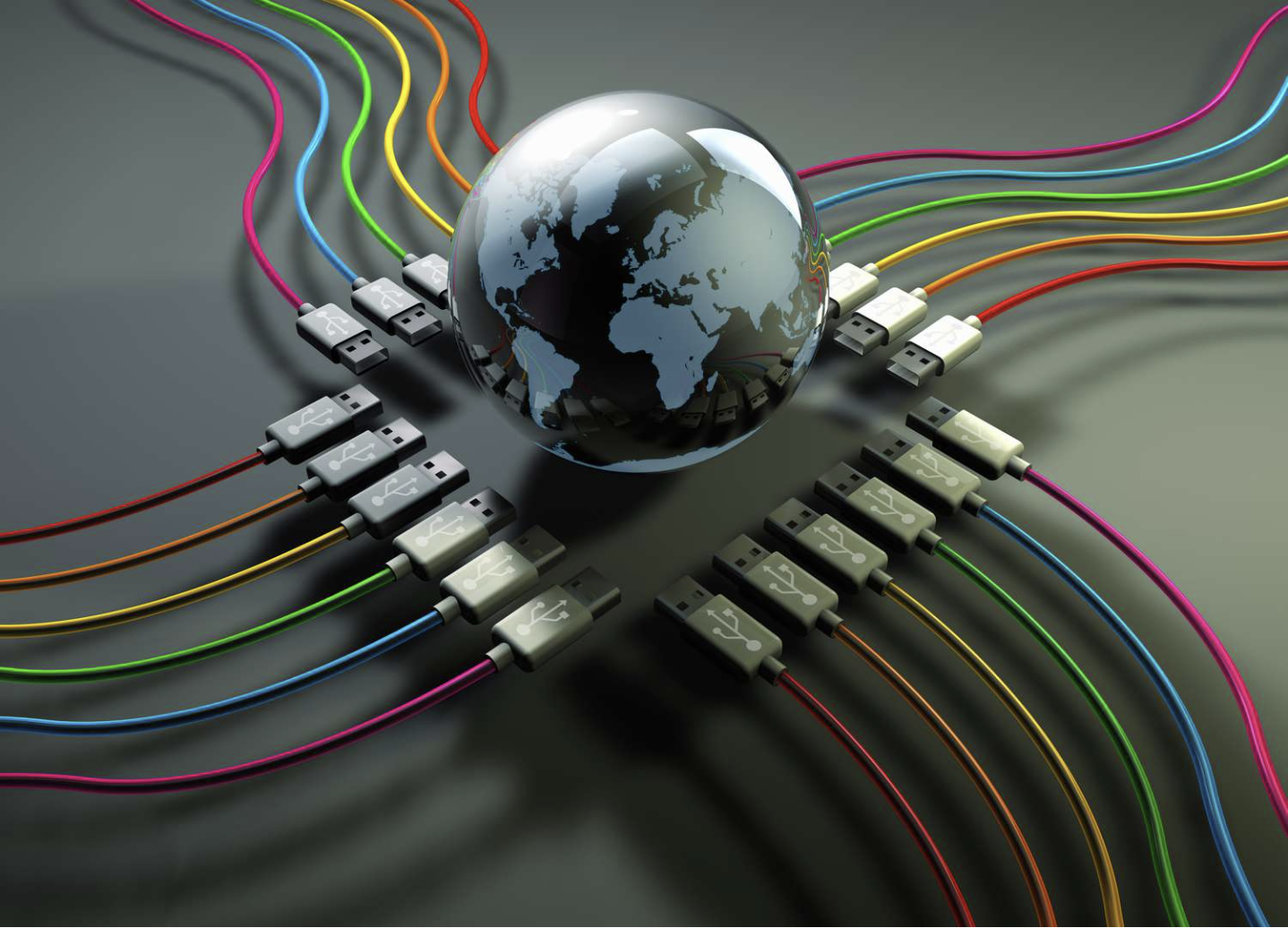
Let’s explore the different types of networks, many of which people are familiar with, but there are several other types that might not be as well-known.
Personal Area Network (PAN)
A PAN is a small network used for personal purposes. It connects devices like tablets, laptops, and smartphones, usually through wireless technologies like Bluetooth or near-field communication (NFC), although wired connections like USB can also be used. PANs are typically used to transfer small files such as music, photos, and videos for personal use.
Local Area Network (LAN)
A LAN connects devices within a relatively small area, such as a home or office. This network includes computers, servers, printers, and switches. The most common LAN is an Ethernet network, where devices are connected using Ethernet cables and a switch.
Wireless Local Area Network (WLAN)
A WLAN is essentially a LAN, but it uses wireless communication instead of wired cables. This type of network is commonly set up with a Wi-Fi router or access point that allows wireless devices, like laptops and smartphones, to connect to the network. In simple terms, a WLAN is just a LAN without the wires.
Campus Area Network (CAN)
A CAN connects multiple LANs within a limited geographic area, such as a university campus or a business with several buildings. Each building might have its own LAN, and the buildings are connected to form a larger network that serves the entire campus or organization.
Metropolitan Area Network (MAN)
A MAN is a larger network that spans across several buildings within a city or town. It uses high-speed connections, like fiber-optic cables, to facilitate data and resource sharing across a larger area, often serving entire communities or districts.
Storage Area Network (SAN)
A SAN is a high-speed network used specifically for data storage. It connects various data storage devices, such as disk arrays and servers, providing fast and dedicated access to large amounts of data. Unlike a regular LAN, SANs are not affected by network traffic, making them ideal for high-performance storage applications.
Wide Area Network (WAN)
A WAN is the largest type of network, connecting multiple LANs, CANs, and MANs across a broad geographical area, often spanning entire countries or even continents. The internet is the most well-known example of a WAN, as it connects networks around the world, enabling global communication and data exchange.
Now, let’s dive into some specific types of network connections.
Client-Server Network
In a client-server network, there is a central server that hosts services and resources. The server usually has a fixed IP address or domain name. The clients, which may have dynamic IP addresses, connect to the server to access those services. These devices don’t directly communicate with each other; instead, they rely on the server to manage requests and responses.
Ethernet
Ethernet is the most common wired network technology, typically used in LANs. It was one of the first widely used LAN technologies, and its speed can range from 10 Mbps to 10 Gbps, depending on the specific Ethernet standard being used.
Cable Access Network
Cable access networks transmit data through TV channels and internet frames. Data is sent downstream through a cable modem termination system to a cable modem, and it is sent upstream at different frequencies using specific time slots.
Data Center Networks
Data center networks connect a large number of hosts and servers, typically in a confined area like a data center. Companies like Amazon, YouTube, Apple, and Microsoft rely on these networks to support their massive infrastructure and services.
Congestion Control in Networks
In any network, data congestion can occur when traffic becomes too heavy for the system to handle efficiently. This can cause delays in the delivery of data. Routers work to balance the load and ensure reliable delivery of data, using protocols like TCP/IP to manage congestion. Data is broken into smaller packets, and these packets may take different routes through the network. This process, known as packet switching, helps to keep the system running efficiently, even when there’s a lot of traffic. Routers worldwide exchange information about the best routes using special protocols like the Internet Control Message Protocol (ICMP) and the Border Gateway Protocol (BGP), making the network more resilient and decentralized. This is how the internet operates today, ensuring that data reaches its destination, even under heavy traffic.













